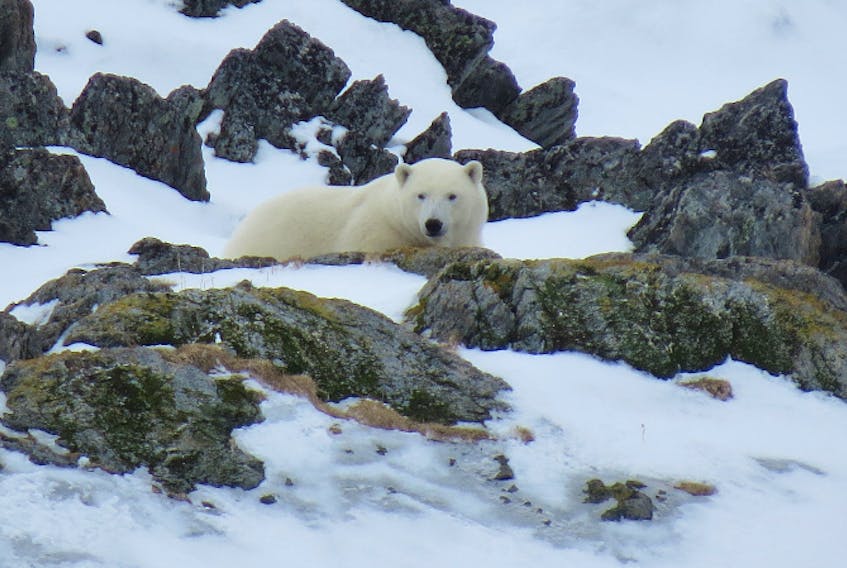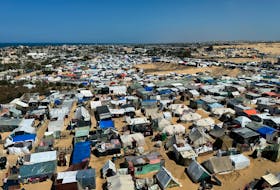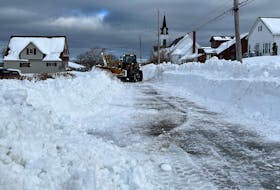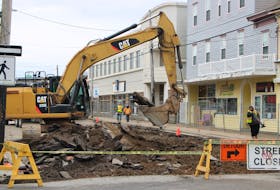
It was Jan. 10, 1914 and Canada's first great foray into exploring our North had gone horribly wrong.
Three months earlier the Canadian Arctic Expedition’s much-famed organizer Vilhjalmur Stefansson left the retired whaler, The Karluk, with a small crew to hunt for food on Thetis Island.
Capt. Bob Bartlett of Brigus, Newfoundland, who grew to manhood sealing and fishing on the Labrador Coast, pondered the highly detailed note left him by Stefansson.
“You can make all the plans you want in the Far North and write them out on hundreds and hundreds of pages, using all the words in the dictionary,” reads the old sealer’s account in "The Log of Bob Bartlett: The true story of 40 years of seafaring and exploration." “But the finer plan you have the worse it will go to smash when wind and ice and drifting snow take charge. That’s exactly what happened to Stefansson’s plan.”

Bartlett’s words of warning ring true through to the present as southern Canada begins its rediscovery of the North.
It was not chance that saw a Newfoundland sealer captaining the Karluk.
Before taking the helm of the Karluk for the expedition seeking to explore the Arctic from the west, Bartlett had captained American rear admiral Robert Peary’s missions to the North Pole from the east.
Atlantic Canada’s past and future is intimately intertwined with the North. Our fishermen and sealers continue to hone their hard-won knowledge of how to work in the ice. The Coast Guard’s icebreaker fleet is primarily based on the east coast. The country’s largest research and survey fleet operating in the North, owned by Superport Marine, is based in Port Hawkesbury, Nova Scotia.
But the North is changing and all around us Atlantic Canadians are preparing for the consequent opportunities and the perils.
This series will attempt to look at both.












